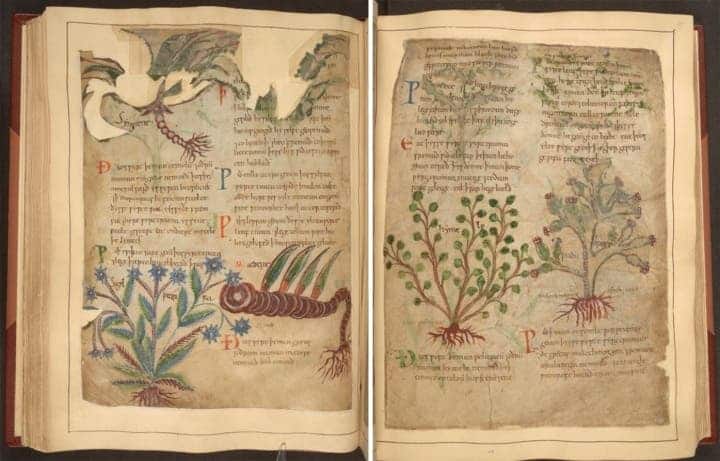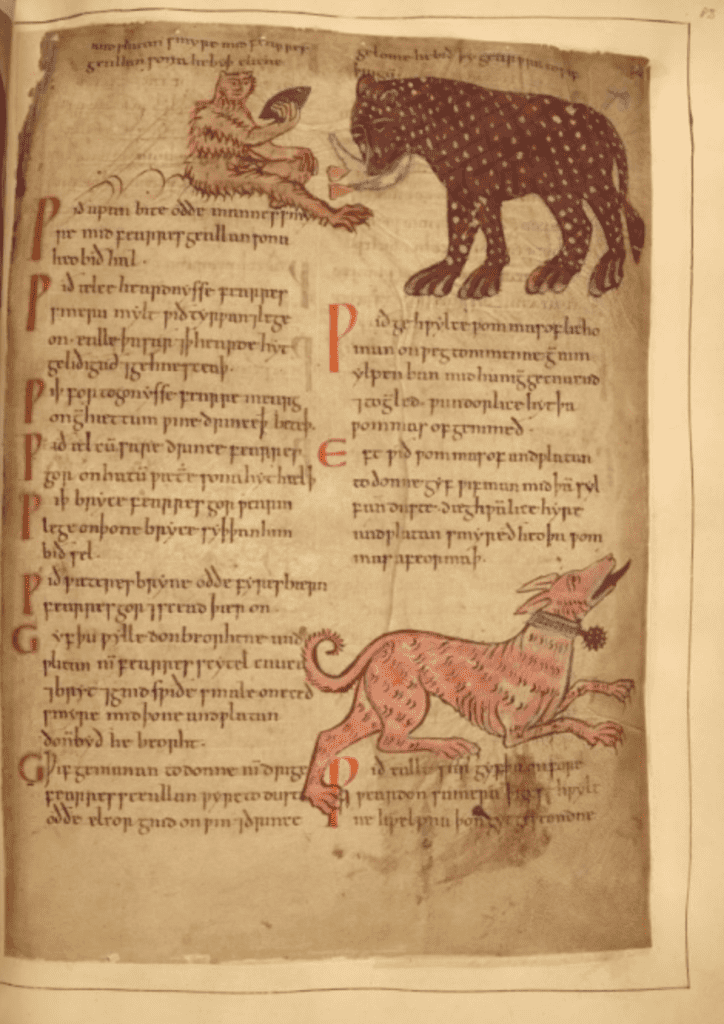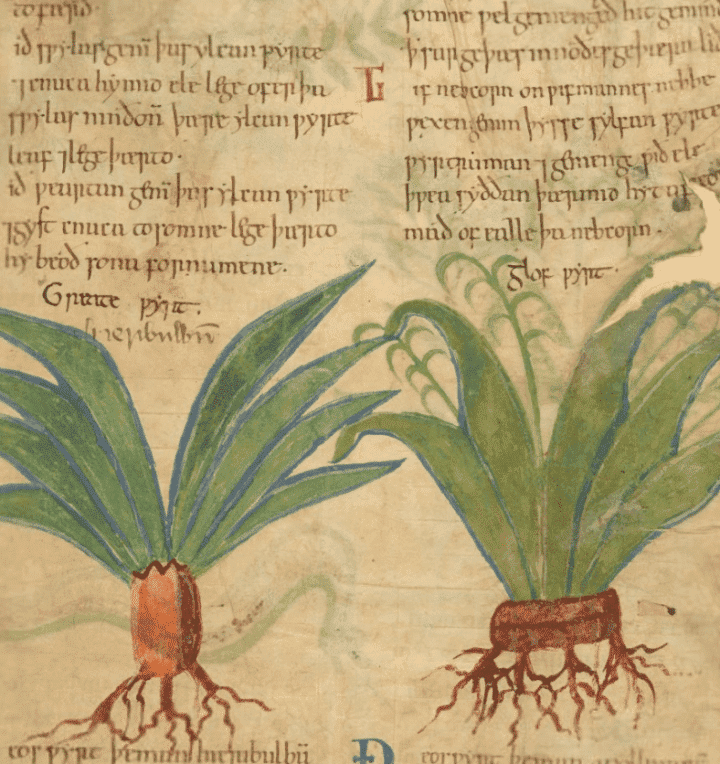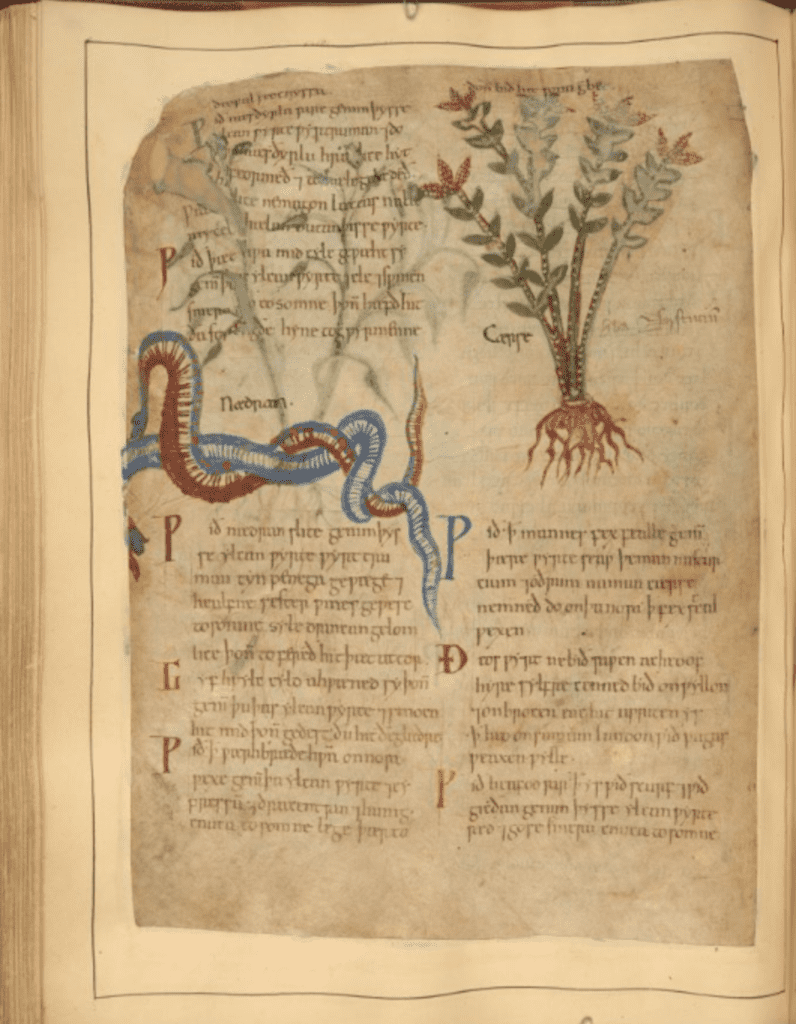Want to improve your body odor? Simmer artichoke in wine. Chest pains? Licorice root is what you need! Those and many more herbal remedies were described in an age-old manuscript which has now been digitized in stunning detail by the British Library.

The Cotton MS Vitellius C III is a 1,000-year-old illustrated manual to plant pharmacology. It’s not exactly clear who wrote it, but dating has confirmed that it is the oldest British manuscript of its type.
“No one knows for sure how this manuscript was used or even where or by whom it was made,” project curator Alison Hudson explains. “Its production has been associated with monastic scriptoria at Canterbury and Winchester, due to its style of decoration and script, but this is by no means certain. Monasteries in those areas functioned both as centers of natural and supernatural healing and also as libraries and centers of learning.”
The book is lavishly decorated with artistic depictions of herbal plants, as well as scorpions, snakes, and several other animals including a bear, a wolf, a hare, and a badger.

This particular book was copied in the first quarter of the 11th century, with several comments and additions made over the years. Old English recipes were added a few decades later. You can read the entire text at the British Library website and see the recipes and drawing in stunning detail.
If your old English is a bit rusty, there’s also a translated version you can get, but that’s not free and it comes at quite a hefty price.

The book features entries on numerous plants and animals, listing their name in different languages as well as descriptions on how to find it and prepare cures. It’s not your run-of-the-mill herbal remedy guide, as it features texts on the medicinal properties of badgers and medicines derived from parts of four-legged animals.
It also freely mixes reality with lore, describing dragonswort as ideally “grown in dragon’s blood,” and stating that in order to pick mandrake, one must have “an iron tool (to dig around it), an ivory staff (to dig the plant itself up), a dog (to help you pull it out), and quick reflexes.”

It’s remarkable that the author (or authors) also describe plants like cumin, which would not have been available in England at the time. In fact, several species described would have been known to very few Brits of the time.
While this remains a stunning work of herbal remedies and science, we’re really not ones to recommend the usage of herbal remedies. We hope it’s well understood that this is a book valuable for its historic and cultural perspective, not for the actual value of the remedies it describes.






